The Basics of Color Blocking Outfits (And How to Make It Work for You)
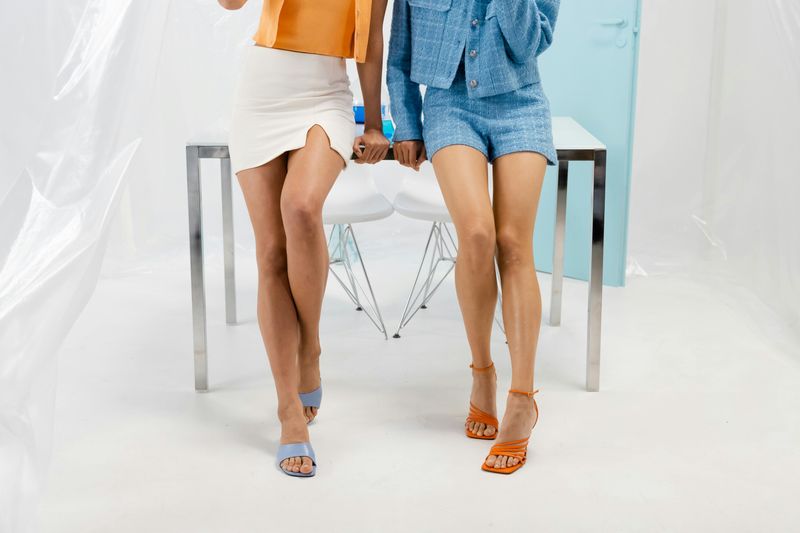
Color blocking is a bold fashion technique that pairs contrasting colors in an outfit to create eye-catching combinations. This style trend emerged from art movements like De Stijl and Pop Art, but has become a mainstream fashion staple. Whether you’re new to fashion or looking to spice up your wardrobe, color blocking offers a fun way to express yourself through clothing..
1. Understanding the Color Wheel
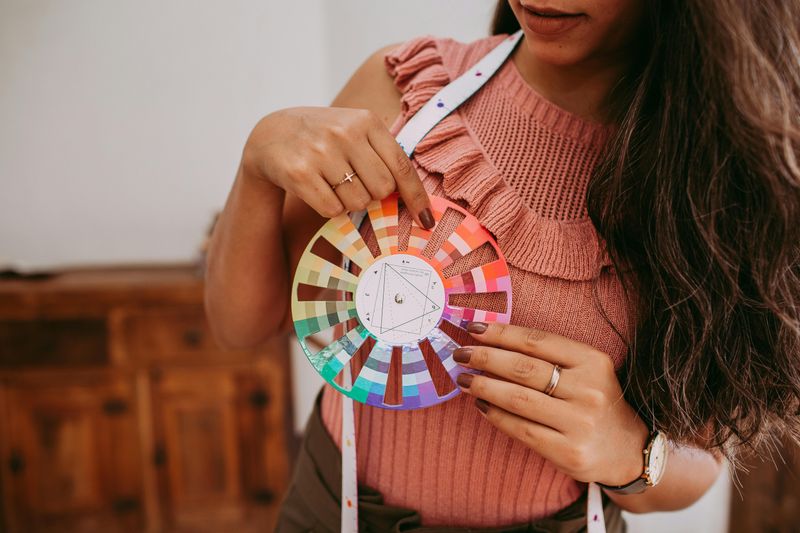
The color wheel serves as your secret weapon for mastering color blocking. Colors opposite each other (complementary) create dynamic contrast, while colors next to each other (analogous) offer harmonious blends. Triadic color schemes use three evenly spaced colors for balanced yet bold looks.
Warm colors like red, orange, and yellow bring energy to outfits, while cool colors like blue, green, and purple create calm vibes. Neutrals such as black, white, and beige work as perfect companions to any color blocking adventure.
Keep a small color wheel in your closet or save one on your phone for quick reference when planning outfits.
2. Use Neutrals as Anchors
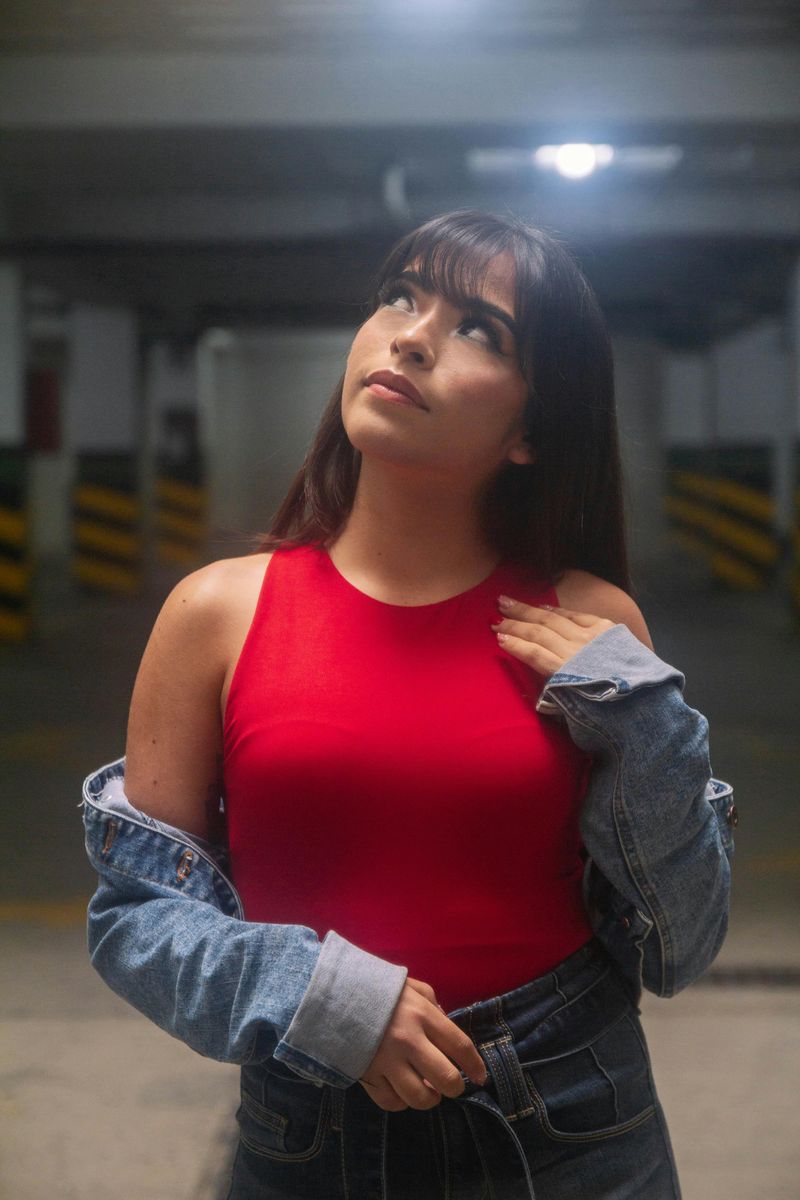
Neutrals act as the secret stabilizers in color blocking outfits. Black, white, gray, beige, and navy provide visual breaks between bold colors, preventing your look from becoming too chaotic. A hot pink blazer paired with white pants creates cleaner lines than combining with another bright shade.
Strategic neutral placement helps direct attention where you want it. Wearing neutral bottoms with a colorful top draws eyes upward toward your face. Neutral shoes can ground an otherwise bold outfit.
Even accessories count – a black belt or white handbag creates natural separation between color blocked pieces.
3. Consider Your Body Shape
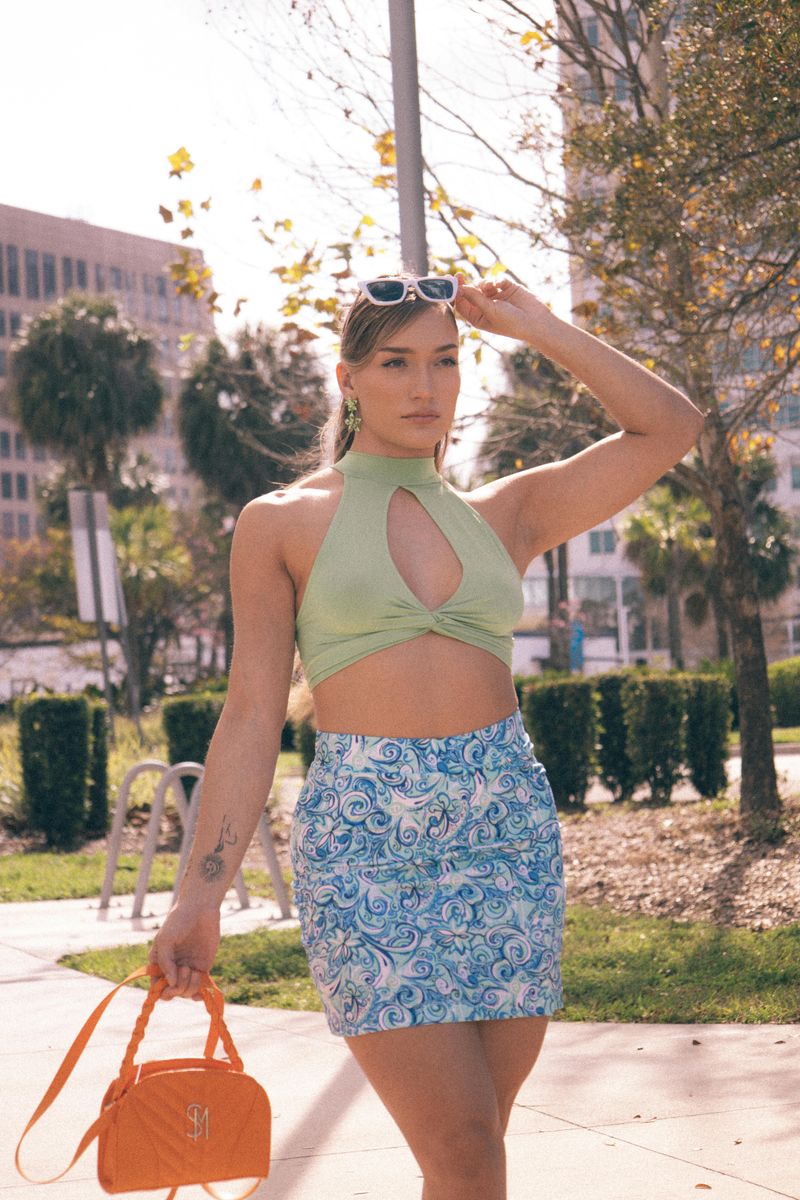
Color blocking isn’t just about cool combinations – it’s a clever tool for highlighting your favorite features. Darker colors visually slim areas, while brighter shades draw attention. Someone wanting to emphasize their upper body might wear a vibrant top with darker bottoms.
Vertical color blocking (different colors from top to bottom) tends to create a lengthening effect. Horizontal blocking (different colors across the body) can add width. Diagonal color blocking creates dynamic movement that flatters most body types.
Experiment with where you place color divisions to see what makes you feel most confident.
4. Monochromatic Color Blocking
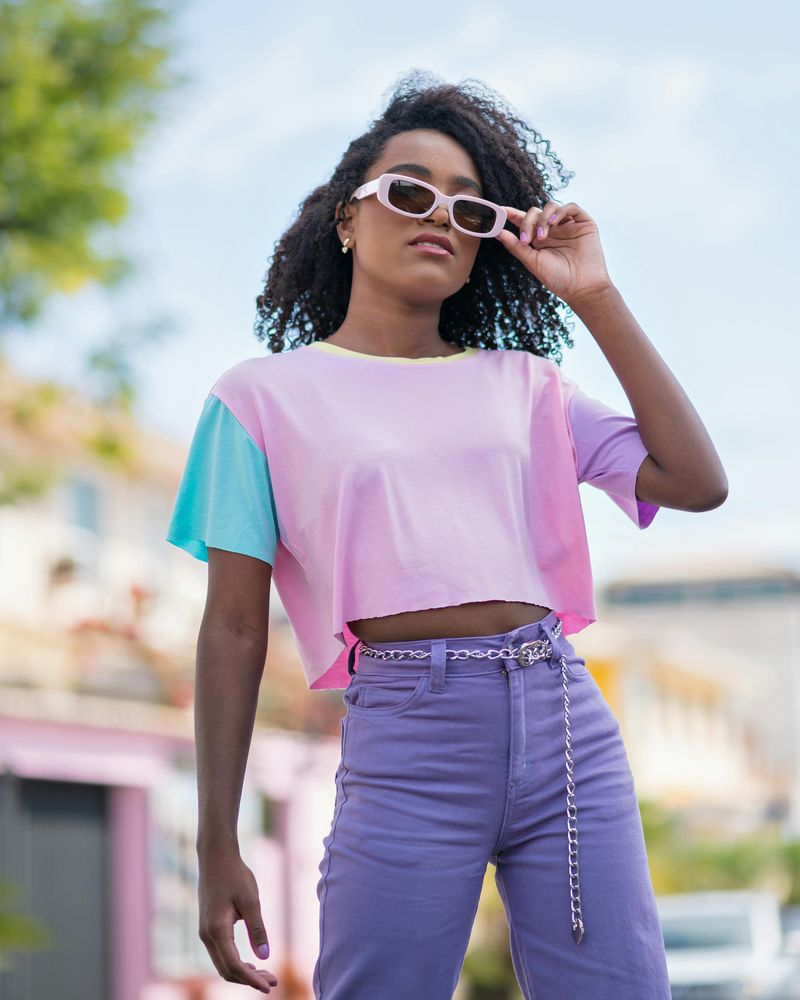
For beginners unsure about bold color choices, monochromatic color blocking is an easy way in. It involves combining various shades within the same color family—think pale blue with royal and navy. The look stays unified but still draws the eye.
Texture becomes especially important in monochromatic looks. Mixing a glossy blue skirt with a matte blue sweater and textured blue accessories prevents the outfit from appearing flat. Pay attention to fabric weights too – combining lightweight and heavier materials in the same color adds dimension.
This technique works beautifully for formal events where traditional color blocking might feel too playful.
5. Start With Two-Color Combinations
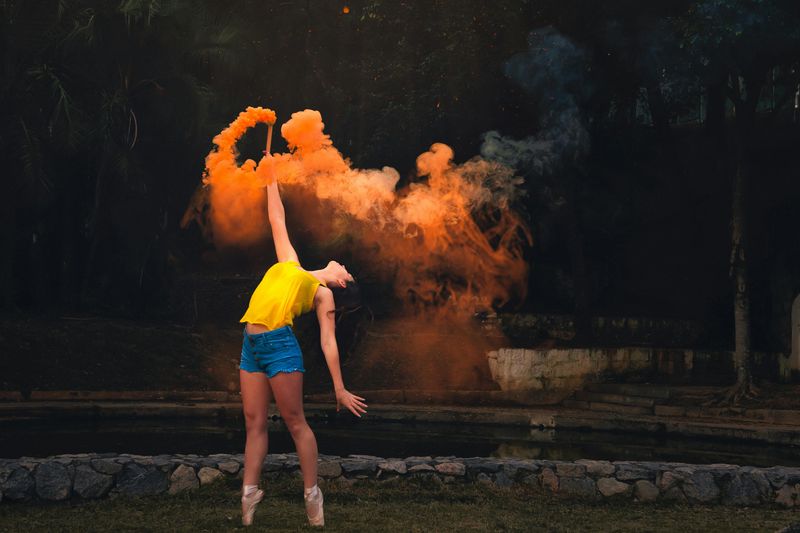
Beginners should kick off their color blocking journey with simple two-color pairings. Blue and orange create striking contrast without overwhelming the eye. Pink and green deliver unexpected freshness that turns heads for the right reasons.
Your outfit doesn’t need to be split exactly 50/50 between colors. Try wearing a bright yellow top with cobalt blue pants, or a purple dress with teal accessories. The key is creating clear color distinction without looking like a walking rainbow.
Solid colors work best for true color blocking – save those patterns and prints for when you’ve mastered the basics.
6. Accessorize Strategically
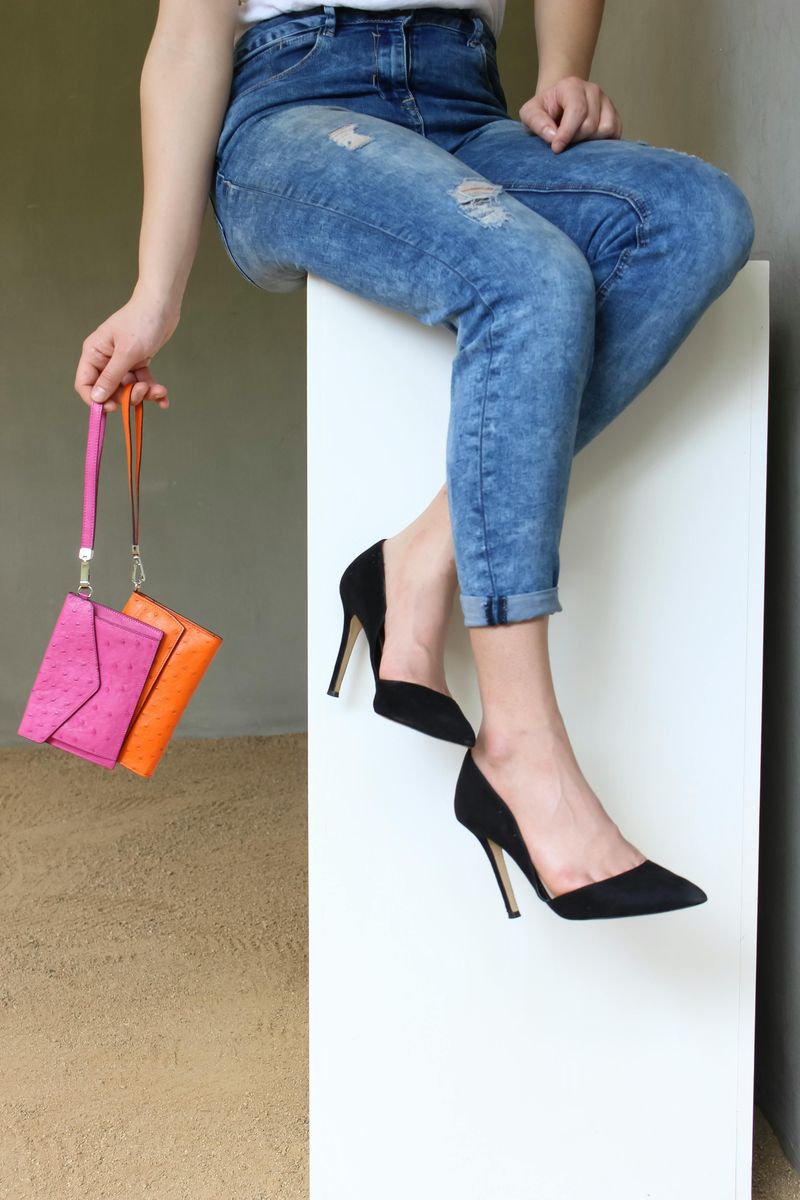
Accessories provide low-commitment entry points to color blocking. A bold orange or pink bag against an otherwise neutral outfit delivers the color blocking effect without requiring a closet overhaul. Statement shoes in unexpected colors instantly transform basic outfits into fashion-forward looks.
Jewelry offers micro color blocking opportunities too. Chunky bangles in contrasting colors or colorful statement earrings can echo your outfit’s color scheme. Even colorful eyeglasses frames count as color blocking elements.
For maximum impact, choose accessories in colors that strongly contrast with your clothing rather than closely matching them.
7. Building a Color Blocking Wardrobe
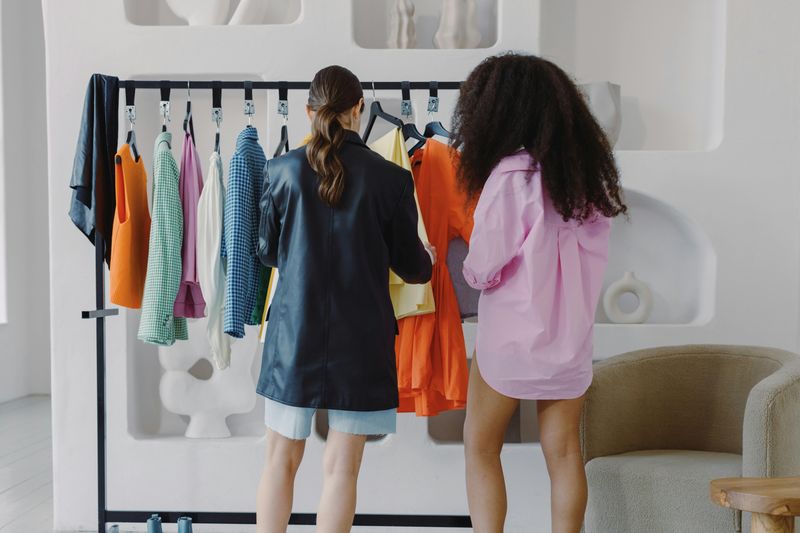
Creating a color blocking-friendly closet doesn’t require buying everything new. Start by organizing your existing clothes by color to spot potential combinations you’ve overlooked. Solid-colored pieces in bright shades form the foundation of any color blocking wardrobe.
Quality matters more than quantity. A few well-made pieces in clear, vibrant colors will serve you better than many items in muddied or muted tones. Focus on versatile shapes that can mix with multiple items.
When shopping, ask yourself: “What existing pieces could this new item color block with?” This prevents purchasing orphan pieces that never coordinate with anything.

Comments
Loading…